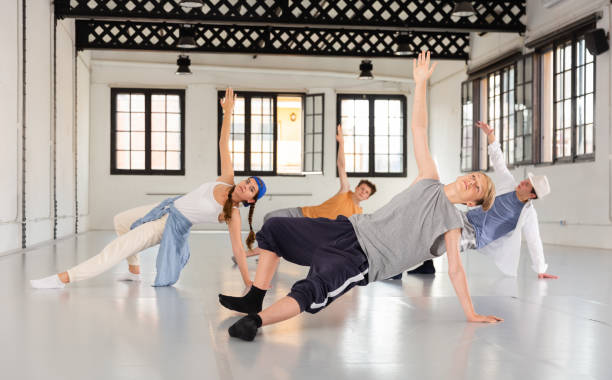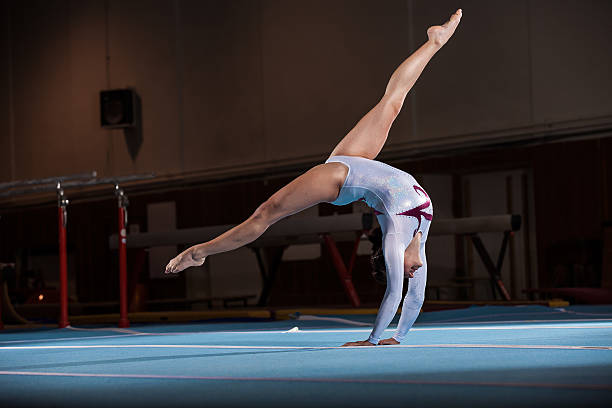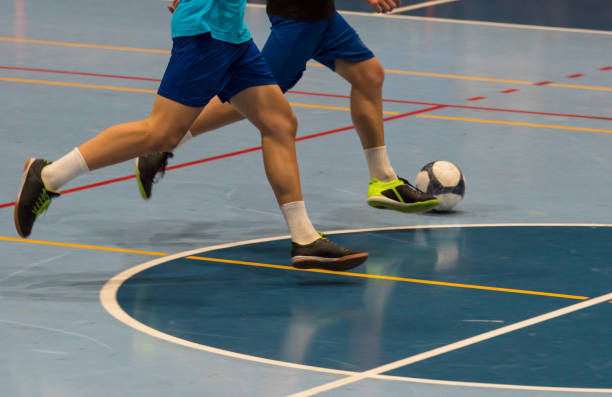Dance Therapy: Healing Through Rhythm and Movement
Dive into the world of dance therapy, a healing practice that uses rhythm and movement to address emotional, cognitive, and physical challenges. Discover its historical roots, its modern applications, and the science behind its effectiveness. Dance therapy, or dance/movement therapy (DMT) as it's officially known, is a form of expressive therapy that emerged in the mid-20th century. It was pioneered by Marian Chace, a dance teacher in Washington D.C., who observed the therapeutic effects of dance on her students. Chace's work formed the basis of the American Dance Therapy Association, established in 1966, which further developed and formalized the practice.

Dance Therapy Today: More Than Just Movement
DMT has evolved significantly since its inception. Today, it’s not just about dancing but about using the body and movement as means of communication and expression. Therapists work with individuals and groups, using movement and dance to foster self-awareness, self-esteem, and a healthy sense of well-being. It’s used in various settings, from hospitals and rehabilitation centers to schools and nursing homes.
The Science of Healing Through Dance
Research supports the effectiveness of DMT. Neuroscientists have found that movement and rhythm can stimulate brain regions responsible for motor function, cognition, emotions, and behavior. Dancing releases endorphins, the body’s natural painkillers, and can also lower levels of stress hormones. These physiological effects, combined with the emotional release that comes with expressive movement, can lead to significant therapeutic benefits.
The Impact and Reception of Dance Therapy
DMT has been well received in the healthcare community and is recognized as a valuable tool in treating a variety of conditions, from depression and anxiety to Parkinson’s disease and autism. Its holistic approach addresses the mind-body connection, offering a unique pathway to healing that goes beyond traditional talk therapy.
Dance Therapy: The Future of Healing
As understanding of the brain-body connection continues to grow, so too does the potential for DMT. The future of this therapeutic approach is bright, with increased recognition in the medical community and growing interest in holistic, body-based therapies. Dance therapy, with its emphasis on self-expression, empowerment, and healing through movement, is poised to continue making a significant impact in the world of mental and physical health.
In conclusion, dance therapy offers an original lens through which to view the healing process. Its historical roots, current applications, and future potential all demonstrate its significance within the arts and entertainment industry. As a form of creative expression, it holds a unique place at the intersection of art and science, continually demonstrating the power of movement to heal, transform, and inspire.





